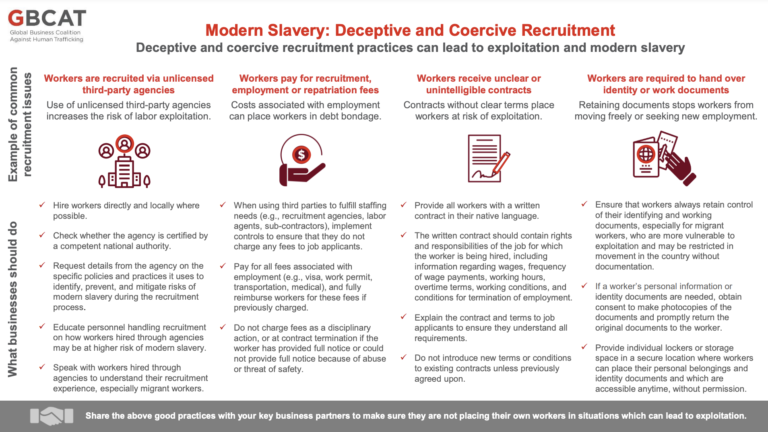Assessment Matrix – Legal Checklist on Key Legal Interventions to Prevent Children From Sexual Exploitation in Travel and Tourism
GuidancePublicationsThis ASSESSMENT MATRIX explains how to measure evidence of national legislative and policy responses to sexual exploitation of children in the context of travel and tourism as identified in the legal checklist. Measurable indicators for each of the ...Read More

